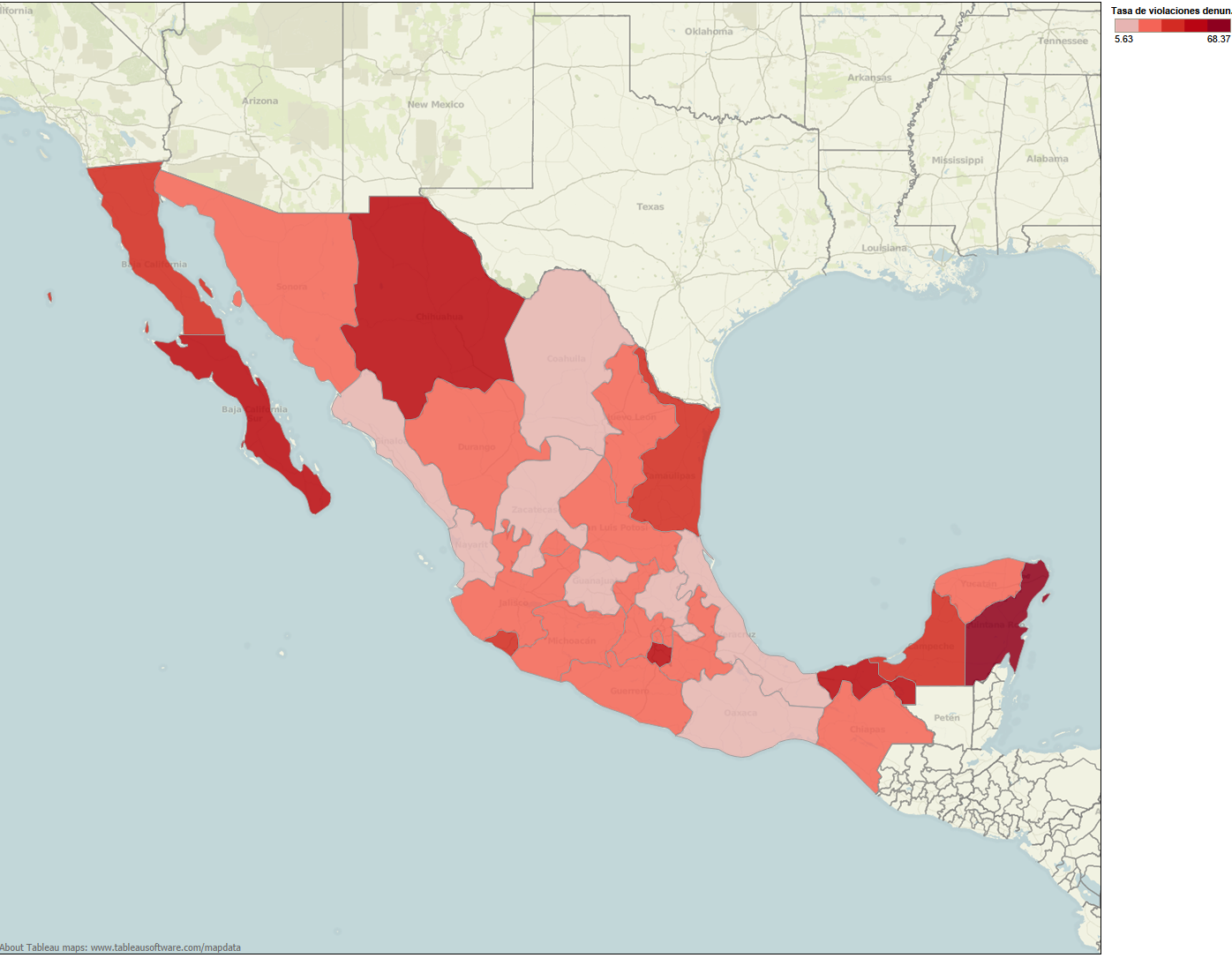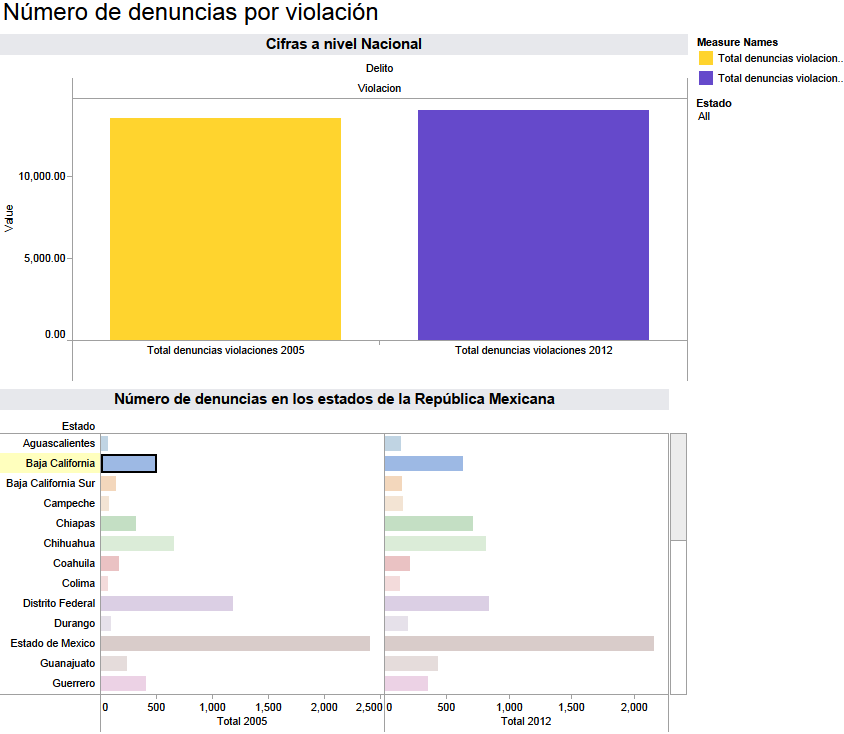
Men and women march against sexual violence in Mexico. Photo by Say NO – UNiTE on Flickr under a Creative Commons license (CC BY-NC-ND 2.0)
This article, written by Daniela Guazo for Fundación MEPI, was originally published on February 21, 2013. Rape and other kinds of violence against women continue to be a serious issue in Mexico. According to a recent report [es] by the Organisation for Economic Co-operation and Development (OECD), 47% of women in Mexico suffer from physical and/or sexual abuse during their lifetime.
The rape of six Spanish tourists in the resort city of Acapulco during the first long holiday season in Mexico sounded alarms in the country's tourist sector but it didn't do much to jolt authorities about the rate of assaults against women – with one being raped every four minutes, according to government statistics.
The crime, like violence in Mexico, has become more brutal in the last years, said Laura Martinez Rodriguez, director of one of Mexico City's oldest association for rape victims which is known by its Spanish acronym ADIVAC.
“Previously we didn't see or we didn't realize that there were burns or mutilations. We fortunately found women alive,” she said. “Now these women are killed.”
The Pacific seaside town of Acapulco is now considered the second most violent city in the world with a murder rate of 142 per every hundred thousand residents, according to a Mexican non-governmental organization, Citizens’ Council for Public Security and Criminal Justice. And while the level of reported rapes were markedly lower than in other states, with only 351 reported rapes in the Acapulco's home state of Guerrero, the figure likely masks a darker reality.
Experts say the majority of rape victims never report the crime to authorities. A strong culture of machismo discourages women from coming forward and many don't know where else to turn. A 2011 government survey found that an estimated 94 percent of rapes aren't documented.

Click on the image to visit an interactive map showing the rate of reported rapes per one hundred thousand women in Mexico.
“There still exists places where people think that a woman wearing a miniskirt is provoking an assault and that's not the case. These are crimes that have nothing to do with the personality of a person,” said Erika Molina Carranza, who is head of the unit that investigates rape cases in Mexico City.
Further discouraging women, the perpetrator is often a friend or family member, as was the case of Abundio García Guadalupe, the 44-year-old accused of raping his 12 year-old-step daughter in the nearby state of Jalisco. She gave birth this January to his child. He claims that there was never a violation because he did everything with the consent of the child and his wife.
Even when women do report the crimes, they don't want to press charges. Molina said about half the women that file complaints don't follow through because the judicial process is often long and they don't want to confront their violators. It can take a whole day just to provide a police report with victims having to write their whole report, sit with an illustrator to create a sketch of the victim and then meet with a medical doctor who administers the rape kit.
“When they realize the gravity of the charges they don't want to go through with it,” Molina said.
In Mexico City, government and civil agencies that work with rape victims find that the most troubling barrier to confronting rapes is the countries’ own prejudices.
Many women don't even want to tell authorities because they think nobody will believe they were raped or they will consider them sluts, and some families pressure the victim not to bring shame to the family's name. The dismal rate of documented rapes are clear at ADIVAC's offices, where roughly 400 victims come in every month, about 10 percent of them were assaulted by strangers. That number pales to the monthly reported rapes in the city, which averages about 70 per month.
Mexico City registers 18 rapes per 100,000 residents annually, a figure experts call far lower than the actual rate.
What troubles Martinez is that recently she has seen more violent and brazen rapes.
“We have seen it all. One time a woman was attacked at six in the morning on her way to work. The attacker grabbed her from behind as she crossed an overpass,” she said.
But authorities only hear about a fraction of them. In one case, a serial rapist was attacking women for more than one year in a poor zone in the south of the city before they could catch up with him. Molina said it wasn't until three women came forward, that police began to look for the suspect.







